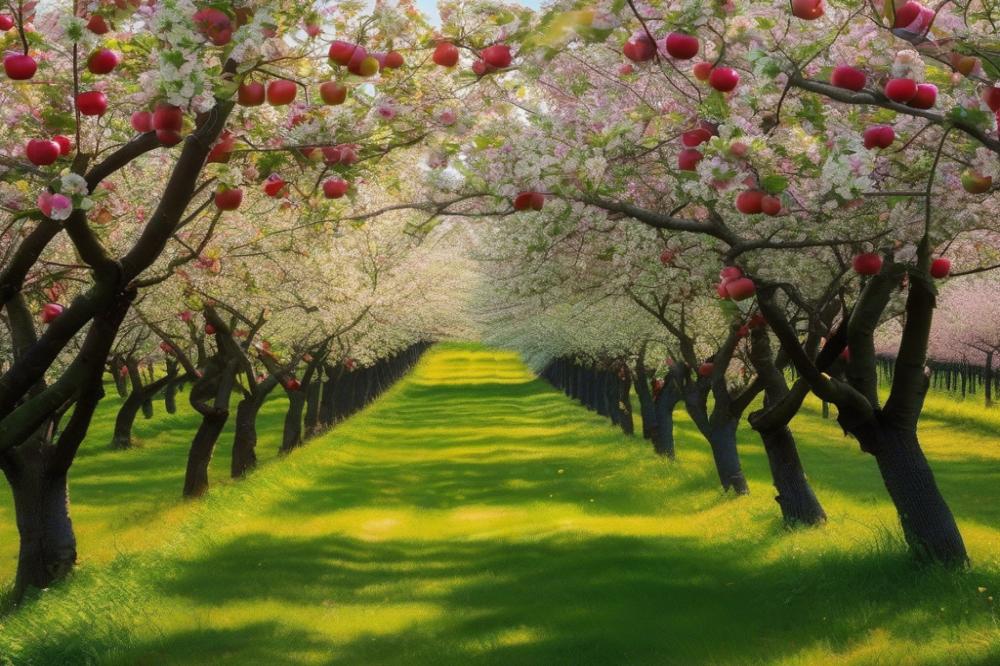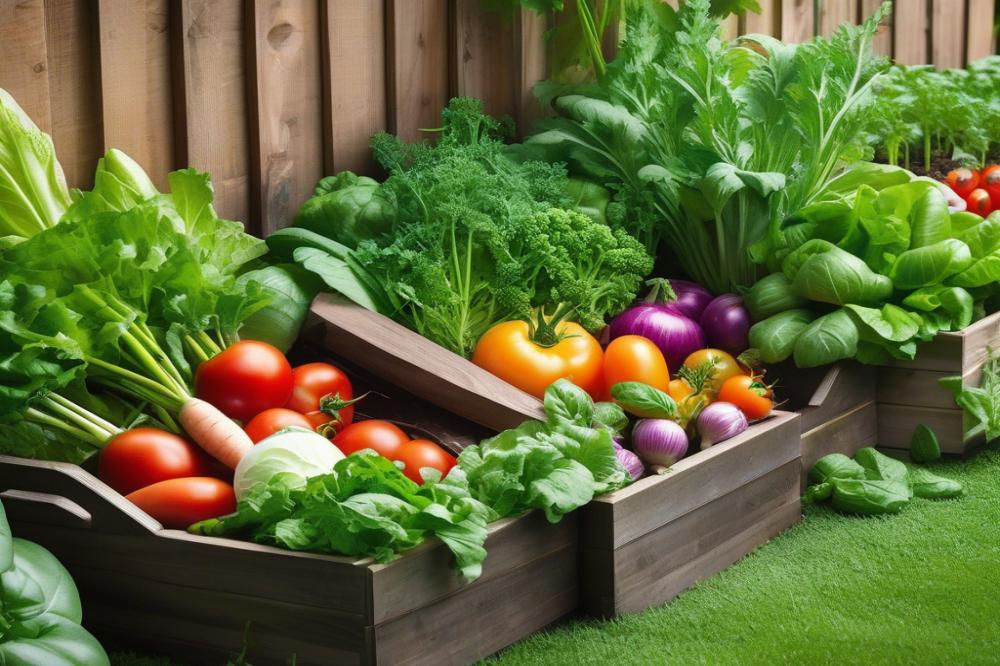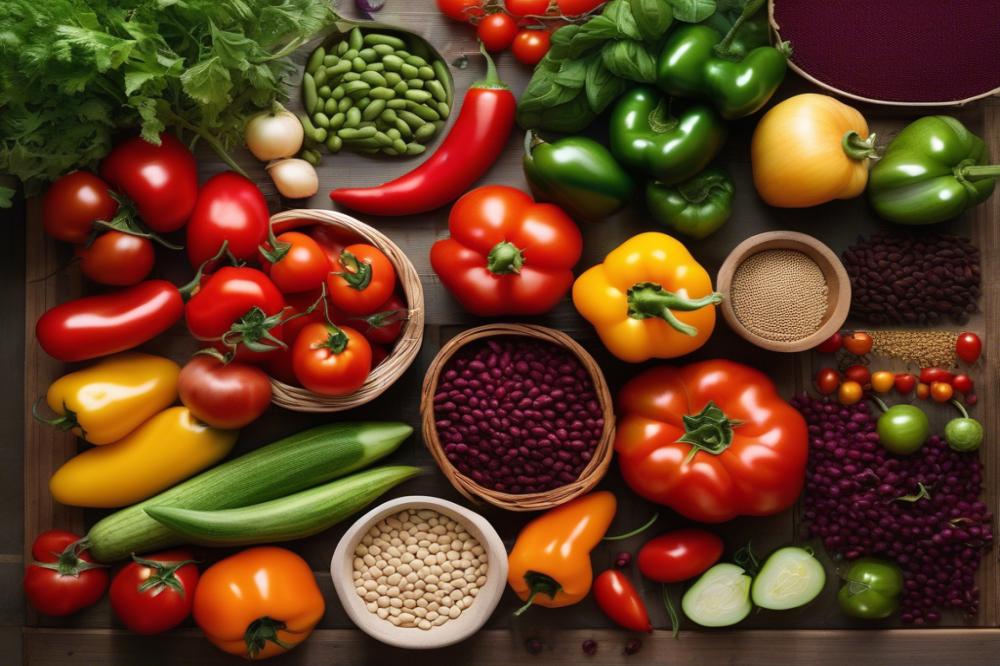The Rich History of Northern Spy Apples
Northern Spy Apples hold a cherished position in the world of fruit. Known for their crisp texture and complex flavor, they are a staple in many home orchards and gardens. This variety, originally cultivated in the 19th century, carries significance not only for its taste but also for its pivotal role in American agricultural practices. Yet, its journey stretches beyond just cultivation. It intertwines with the cultural tapestry of the regions where it flourished, particularly in New York.
Home orchards often thrive with the addition of this apple. Many gardeners appreciate the Northern Spy for its versatility in recipes, from pies to sauces. The fruits offer a delightful balance of sweetness and tartness, making dishes stand out. Preservation techniques that incorporate these apples can lead to delicious products, ensuring their place in family traditions and gatherings.
The heritage of Northern Spy Apples is deeply rooted in American apple history. This variety is not just about taste; it reflects the agricultural heritage of its time. Growing these apples connects many to their ancestry, as they have been enjoyed for generations. Farms across the country have maintained this apple, keeping its legacy alive amid changing times.
In conclusion, these apples deserve recognition for their historical significance and place in modern gardening. They represent a rich farming culture and provide flavors that enhance culinary experiences. Understanding their journey can deepen appreciation for both the fruit itself and the orchards that curate them.
Northern Spy Apples: Historical Significance

Origins of Northern Spy Apples in New York
In the early 1800s, a farmer named John M. S. Chandler discovered this apple variety in New York. It was first recorded in 1800, becoming known for its crisp texture and complex flavor. As time passed, its popularity grew across the Northeast. With its roots firmly planted in American soil, the Northern Spy became a staple in many orchards.
Role in Early American Orchards and Agriculture
These apples played a key part in the development of orchards in the region. Many farmers embraced this variety for its adaptability to local climates and soil. cultivation practices evolved as growers sought to improve yields and enhance the fruit’s unique qualities. During the 19th century, Northern Spy apples became a beloved choice for pies and cider, thanks to their rich flavor. Gardening techniques were shared among neighbors, further spreading knowledge about the best ways to grow this apple.
Cultural Impact and Preservation Through Generations
Residents cherished Northern Spy apples not just for eating, but also for their role in recipes passed down through families. They became a symbol of autumn in America, represented at harvest festivals and community gatherings. Over the years, efforts to preserve this variety gained momentum. Local historical societies and gardening clubs worked tirelessly to maintain genetic diversity and encourage new generations to plant these trees. Varieties of apples often changed, but the Northern Spy remained a treasured part of New York’s agricultural heritage. As a result, this apple continues to thrive, reminding us of its rich legacy.
Cultivation of Northern Spy Apples

Best practices for growing Northern Spy Apples in your garden
To grow Northern Spy apples successfully, select a location that receives full sunlight. These trees thrive in well-drained soil. Spacing is important; plant them at least 20 feet apart to allow for proper growth. During the early years, regular watering is crucial, especially in dry spells. Fertilizing in spring can boost growth and fruit development. As the tree matures, pruning becomes essential. Removing dead or diseased branches promotes air circulation and sunlight penetration.
Soil requirements and climate considerations
Soil pH should ideally be between 6.0 and 7.0. Heavy clay or sandy soils may cause issues, so amendments might be necessary. Ideally, a rich loamy soil will yield better results. Northern Spy apples flourish in regions with cold winters and moderate summers. New York’s climate, with its seasonal changes, complements the apple’s growth cycle. The tree requires a chilling period to produce fruit, making colder areas ideal for their heritage.
Pest management and care tips for healthy trees
Keeping apple trees healthy involves vigilant pest management. Aphids and apple maggots are common threats. Regular monitoring helps catch infestations early. Nematodes can control pests effectively without harming the environment. Organic methods are preferable for those who want to avoid chemicals. Moreover, maintaining proper tree health through regular inspections promotes vigorous growth. In addition, fall cleanup of fallen fruits and leaves minimizes disease risks. Recipes for homemade organic sprays are widely available, offering a natural way to manage pests. Preserving the integrity of these trees is essential for future generations to enjoy their flavor and historical significance.
Flavor Profile and Characteristics

Northern Spy apples are celebrated for their distinct flavor. Their taste is a delightful blend of sweetness and acidity. The flesh is crisp and juicy, making each bite refreshing. Many enjoy the slightly spicy undertones that add depth. The combination of flavors creates a profile that is perfect for various uses.
Comparing this apple with other varieties highlights its special appeal. For instance, Fuji apples are sweeter and milder. Granny Smith apples, on the other hand, offer a more tart profile. While those apples have their own qualities, the Northern Spy shines in its complexity. This depth makes them ideal for culinary uses that require a bold taste.
Culinary Uses
In the kitchen, Northern Spy apples prove versatile. Many recipes call for their robust flavor in pies. Traditional apple pie becomes exceptional when these apples are used. Chefs often highlight them in apple crisps and tarts. Additionally, some home cooks enjoy adding them to savory dishes, such as pork roasts, for a burst of flavor.
Gardening enthusiasts appreciate growing Northern Spy apples as well. Their heritage dating back to the 19th century gave rise to orchards in New York. This location plays a significant role in their cultivation. Not only do these apples taste great fresh, but they also preserve well for later use. Canning and making applesauce or cider are popular ways to enjoy them year-round.
Overall, the Northern Spy apple holds a special place in culinary traditions. Its historical significance continues to resonate today. Variety is key in the world of apples, and this particular one offers something memorable for every palate.
Varieties of Northern Spy Apples
Different cultivars exist for the Northern Spy, each with its distinct traits. Some popular ones include the Northern Spy, Winesap, and Honeycrisp. Each variety brings its own flavor profile to the table, making them ideal for various recipes. The rich heritage of these apples adds to their charm, especially in communities with a strong agricultural history. Cultivation methods can vary significantly, so understanding what fits best in your garden is important.
When choosing the right variety for your gardening efforts, consider climate and soil type. Some varieties thrive in cooler temperatures, reminiscent of New York’s orchards, while others prefer warmer conditions. Picking a good apple for your backyard can lead to flavorful fruits, perfect for pies, cider, or fresh eating. Knowing the apple’s historical significance can also pair well with your interest in growing them.
Cross-pollination is crucial for many apple trees, including the Northern Spy. This factor requires gardeners to pay attention to compatible varieties. Apples like Gala and Fuji can serve as great pollinators. Planting these alongside your main trees can help boost your harvest. Understanding the needs of different varieties can lead to fruitful outcomes.
Consider preservation methods when assessing your apple choices. Many varieties store well, but the Northern Spy excels in maintaining its flavor during preservation. This characteristic makes it a favorite among gardeners focused on long-term storage. Growing apples with varied harvest times can also provide a continuous supply throughout the season. As you plan, remember that successful orchards often blend different apple types for a well-rounded approach.
Recipes and Culinary Uses
Traditional and Modern Recipes Featuring Northern Spy Apples
The versatility of this apple variety makes it a favorite among both home cooks and professional chefs. Classic recipes often highlight the rich flavor. Apple pie stands out as a beloved choice, with its flaky crust and spiced filling. This recipe allows the fruit’s natural sweetness to shine. Sliced, baked, and spiced just right, it brings warmth to any table.
Modern takes include salads that combine the crunch of Northern Spy with ingredients like walnuts and goat cheese. This creates a delightful textural contrast and elevates the dish. Additionally, you might try making applesauce, which is simple and rewarding. Just peel, core, and cook the apples down with a splash of lemon juice. It’s a comforting treat, perfect for chilly evenings.
Tips for Cooking and Baking with Northern Spy Apples
When selecting these heritage apples, look for firm, glossy skin. Good specimens will have a slight give when squeezed gently. Cutting them can prevent browning; sprinkle lemon juice on the cut surfaces to maintain a fresh appearance. Using a mix of spices such as cinnamon, nutmeg, and cloves can enhance their flavor profile significantly.
Baking requires some attention. Keep in mind that they hold their shape well during cooking. For this reason, they are excellent for pies and tarts. Always try to layer flavors. Pair with cheeses, nuts, or other fruits. This adds depth and creates a more complex dish.
Preservation Methods for Northern Spy Harvests
Harvesting these apples at peak ripeness is crucial for optimal taste. After collecting, preserving becomes key to enjoying them long after their season. One popular method is to make cider. This traditional technique captures the essence of the apples and can be enjoyed for months.
Freezing is another effective way to prolong freshness. Simply slice the apples and flash freeze them on a tray before transferring to airtight bags. This technique allows for easy access when baking later on. Canning is also a viable option. Cooked apples can be jarred with spices and sugar for a delicious preserved treat.
Gardening enthusiasts often share tips, ensuring that all methods respect the rich historical significance of apple cultivation in New York. Each technique reflects a tradition that connects generations, highlighting the enduring appeal of these flavorful apples.
Gardening and Orchards: Best Practices
Creating a successful apple orchard with Northern Spy
Starting an orchard requires planning and knowledge. First, select a suitable location with well-drained soil. Northern Spy thrives best in areas with full sun. Space your trees adequately to promote airflow and prevent disease. Proper spacing also helps with cross-pollination, which is vital for fruit production. You might want to plant additional apple varieties nearby for this purpose. Good maintenance is crucial for healthy growth. Regular pruning will encourage better fruit quality and allow light to reach all parts of the tree.
Sustainable practices for growing Northern Spy Apples
Adopting sustainable farming methods can greatly benefit your orchard. Avoid synthetic pesticides whenever possible. Instead, rely on natural deterrents like neem oil or insecticidal soap. These options are less harmful to the environment and support biodiversity. Rotate crops and consider planting cover crops to enrich the soil. Composting is a great way to provide nutrients while recycling organic matter. Water conservation is also essential. Drip irrigation can minimize waste while keeping the roots hydrated.
Community efforts in preserving heritage apple varieties
Local communities are crucial in the effort to preserve apple heritage. Many regions in New York host festivals that celebrate apple diversity. These events not only inspire people to appreciate different varieties but also promote local farmers and artisans. Educational programs in schools often include workshops on apple cultivation and cooking recipes using heritage varieties. Volunteers often help plant and care for orchards in public spaces. Such initiatives foster a sense of connection to history while cultivating an awareness of sustainable practices. Supporting these community-driven efforts strengthens our ties to the past and promotes future gardening success.
The Legacy of Northern Spy Apples
The history of Northern Spy apples is rich and full of stories. Their journey from early orchards to present-day gardens captures the imagination. Each bite reveals a blend of sweet and tart flavors, a testament to careful cultivation over generations. These apples are more than just a variety; they represent a connection to our past.
Growing these apples in your own yard can bring joy and nostalgia. There is something special about nurturing a tree that has stood the test of time. By choosing to plant them, individuals can contribute to the preservation of this heritage. Embracing tradition while enjoying modern gardening can be fulfilling. It allows us to celebrate the fruits of history.
Appreciating these apples goes beyond their taste. It’s about understanding their role in local agriculture and community pride. They have adapted to various climates and soils, showcasing their resilience. The significance of the Northern Spy extends to family gatherings and local markets. Their presence can spark conversations and connections among neighbors.
In our personal gardens or larger orchards, these apples hold a special place. They remind us of the importance of sustainable practices and biodiversity. Each tree planted is a step toward maintaining agricultural diversity. Owning a Northern Spy apple tree can also become a cherished family tradition. Generations can share the love of growing something truly remarkable.
As you think about your gardening choices, consider the impact of these apples. Embrace their history and what they represent. Encourage your friends and family to join this endeavor. Together, we can foster a greater appreciation for these delightful fruits. In doing so, we honor not only the apples but also the stories they tell.



